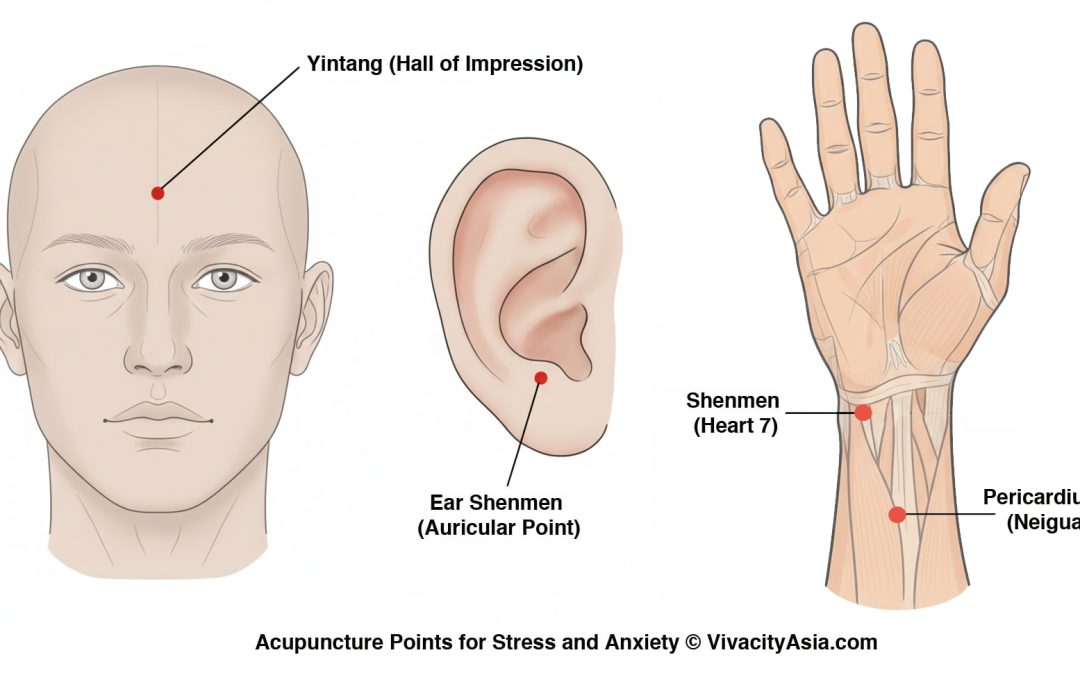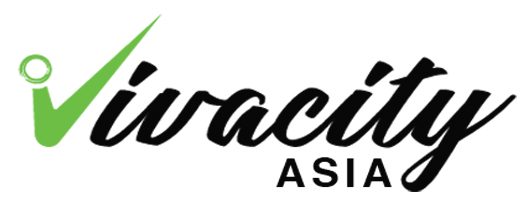Acupuncture, a cornerstone of traditional Chinese medicine (TCM), is more than a method of easing physical aches—it is a practice designed to restore harmony between body and mind. By inserting fine needles into specific acupuncture points, practitioners stimulate the body’s natural healing responses, relieving pain while promoting deep relaxation and emotional well-being. Although scientific evidence varies across conditions, growing research supports acupuncture’s ability to lower stress hormones and calm the nervous system, making it an appealing choice for those seeking holistic relief.
Acupuncture Points In the Body
Altogether, there are more than 400 acupuncture points on an adult body. Most are located on one of the main meridians—pathways that, according to TCM, transport life energy (qi, 氣) throughout the body.
In TCM, 20 meridians exist, each with branching sub-meridians believed to influence nearby tissues. The 12 primary meridians are bilateral and associated with internal organs. The remaining eight are also bilateral except for three—one encircling the waist and two running along the body’s midline. Only two extraordinary meridians contain their own points; the other six borrow points from the 12 primary meridians.
Some points lie outside the 14 major meridians but remain part of the complete nexus known as jing luo (經絡). Practitioners locate these points using anatomical landmarks, palpation, and patient feedback.
Names and Identification of Acupuncture Points
Some acupuncture points have more than one name, but a standard nomenclature was developed to avoid confusion. The World Health Organisation’s 1991 report A Proposed Standard International Acupuncture Nomenclature listed 361 classical points organised by the 14 meridians, eight extra meridians, 48 extra points, and scalp-acupuncture points.
Each point is identified by the meridian on which it lies and its sequence number. For example, Lu-9 denotes the 9th point on the lung meridian and is also known as tài yuān (太渊) or gui xin (鬼心). An exception is the urinary bladder meridian, where numbering differs for the outer line of 14 points near the spine. Extra points often retain their traditional Chinese names because no universal numbering system exists.
Pain Relief and Whole-Body Balance
Research shows acupuncture can relieve certain types of chronic pain—such as back pain, osteoarthritis, and tension headaches—by stimulating nerves, increasing blood flow, and triggering endorphin release. Because chronic pain and mental stress often reinforce each other, easing physical discomfort can naturally calm the mind, supporting the TCM principle that physical and emotional health are interconnected.
Acupuncture Points for Stress and Anxiety
Acupuncture is also widely used to reduce stress and anxiety. Stimulating specific points can influence the autonomic nervous system, lower cortisol, and promote relaxation. Key points often chosen for emotional balance include:
- Yintang (Hall of Impression) – Located between the eyebrows, this point is prized for calming the mind and easing insomnia.
- Shenmen (Heart 7) – Found on the wrist crease, it helps relieve anxiety, irritability, and palpitations.
- Pericardium 6 (Neiguan) – Situated on the inner forearm, it alleviates chest tightness and stress-related nausea.
- Ear Shenmen (Auricular Point) – A microsystem point on the ear used to reduce anxiety and improve sleep quality.

A 2023 systematic review in Frontiers in Psychiatry found acupuncture significantly reduced anxiety symptoms compared with standard care or sham treatments. Another 2024 randomised controlled trial in JAMA Network Open reported measurable drops in salivary cortisol following twice-weekly acupuncture sessions for generalised anxiety disorder. These recent findings reinforce the ancient belief that stimulating specific points can help regulate mood and promote mental clarity.
Integrating Acupuncture into Modern Wellness
Today, acupuncture is often combined with meditation, yoga, or mindfulness practices to enhance relaxation and resilience. Many integrative medicine clinics incorporate it alongside conventional therapies for pain management, stress reduction, and overall wellness, reflecting a growing recognition of its benefits beyond pain relief.
Growing Global Interest
Interest in acupuncture continues to rise worldwide. A 2023 bibliometric analysis in Complementary Therapies in Medicine reported a steady annual increase of more than 12% in global acupuncture publications over the last decade, with stress and anxiety now among the top five research topics. This surge highlights how ancient practices are being validated and explored through modern scientific methods.
Conclusion
Whether you seek relief from persistent pain or a calmer, clearer mind, understanding acupuncture points offers a pathway to whole-body balance. By bridging ancient wisdom and modern research, acupuncture continues to demonstrate how precise stimulation of the body’s meridians can ease discomfort, quiet the mind, and restore harmony.
Curious about other TCM methods? Check out more about tuina here.


